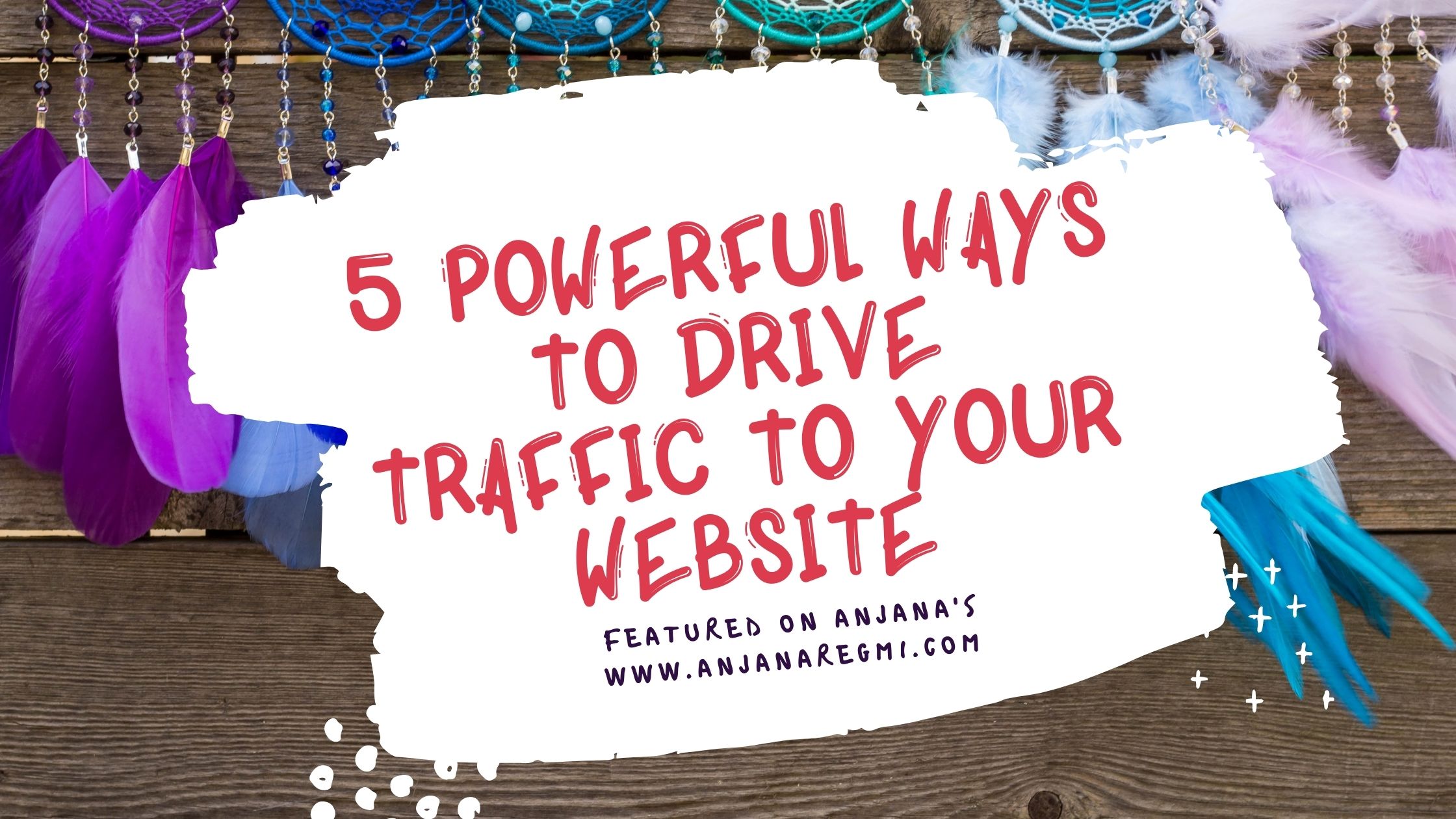You Need More Website Traffic, don't you?
The more people come to your site, the more people become aware of your personal branding.
The more content you create the more people become aware of your great content, the more you thrive as an industry expert and social influencer. And the more you’re known as an industry expert and social influencer, the more people will come to seek your service.
Have a long-haul mentally when thinking about getting traffic to your website?
As you stack one strategy on top of another, you’ll begin to see compounding results.
Of course, all this raises the question: how to get more website traffic?
You need tactics and hacks for getting people to visit your site and engage with your content.
Luckily, here you’ll discover 5 proven strategies for getting hundreds, if not thousands, of website visitors.

Traffic Strategy #1: Viral Content
If you want people to come to your website, you need to give them a reason to come.
You need to create awesome content that attracts people and that they feel compelled to share with others. If you simply post short, uninspired articles, you’re not giving people much reason to come to your site and share your content.
For your best results, consider how you’re going to stand out from the crowd.
How can you create content in a way that differentiates you from everyone else?
The best way to stand out from the crowd is to create highly valuable, in-depth content. Content that answers people’s questions and speaks to their pain points. Content that addresses a subject on a much deeper level than anything else out there.
When creating content, ask yourself these questions:
- Would I want to read this content?
- Does this add value to my readers?
- Is this share-worthy?
- Is this different from all other content that’s being produced?
- Does this content answer the reader’s questions?
- Does it speak the reader’s pain points?
If you create great content, the rest of your promotional tactics become that much easier. Your content will practically promote itself when people see how valuable it is. People want toshare content that is valuable and if you create valuable content, others will promote it for you.

Traffic Strategy #2: Guest Posting
If you’re like most people, you probably won’t have much of an audience when you first get started creating content on your website.
That’s okay and should be expected! After all, it takes time to build an audience.
Guest posting on someone else’s website allows you to tap into another person’s audience.
Guest posting allows you to get your outstanding work in front of an audience that’s much larger than your own, which increases your exposure and allows you to drive traffic back to your own website.
The most common way to secure guest posting gigs is to research blogs that are in your niche and then contact them, asking them if you they accept guest posts.
One thing to keep in mind when reaching out to these blogs is that they probably get these kinds of requests quite regularly.
If you want to stand out and have the opportunity to post on someone else’s blog, you’ll need to be unique in your pitch. In other words, you’ll need to be able to offer unique value to the other person’s audience.
So, what can you uniquely offer in your pitch that will set you apart?
- Years of expertise?
- A different or fresh perspective?
- Research on a particular subject?
- An insider’s opinion?

Traffic Strategy #3: Reference Others
If you can get an influencer in your industry – someone with a large audience, to share your content with their audience, it can be a huge boost for your website. But this is easier said than done, right? After all, how do you convince someone else that your content is worth sharing?
A similar way to get quotes from influencers is to take something they’ve already written and quote them.
Then, you can reach out to them via email or social media and let them know that you’ve quoted them. Again, there’s a decent chance there’ll share it with their audience.
A secondary benefit of quoting influencers and authority figures in your pieces is that it adds expertise to your content. Rather than just being your own opinion, your content also includes the thoughts and insights of industry experts, thus giving more weight to your content.
Learn personal branding tips and stand out by sharing and appreciating mutual learning process.

Traffic Strategy #4: Advertise (if you can/prefer)
Advertising on Facebook, Google, or other social media platforms (like LinkedIn) is one of the most effective ways to get traffic directly to your website. Yes, it does cost money (unlike the other strategies listed so far). But if you’re willing to spend the money, you can get avalanche of traffic to your site.
Facebook and Google are huge. Billions of people use both website each month. It’s an enourmous audience, and if you’re willing to put some money into advertising, Google and Facebook will share their audience with you.
There is one distinct advantage to paid advertising above other forms of promotion: paid advertising allows you to put your content in front of a very specific audience.
- For example, let’s say that you’ve created a guide to preparing for retirement. The ideal audience for this guide is people over the age of 45 who make more than $70,000 per year and who are marrief. With Facebook, you can target this precise audience.
Instead of sharing your content across your social media feeds and hoping that the right people see it, you can ensure that the right audience views your content. You can get your content in front of the people most likely to be interested in it and your business.

Traffic Strategy #5: Apply Content Variation Strategies
People learn in a variety of ways. Some people are visual learners and learn best from videos. Others learn best by reading, and still others prefer audio content. If you want to connect with the greatest number of people possible, create content in a variety of formats.
One of the best ways to create a variety of formats of content is to use the “pillar strategy.” The pillar strategy involves first creating a lengthy, in-depth piece of “pillar” content. This pillar content could be a video, blog post, podcast or something else.
Your pillar content will be the longest type of content you create and will talk about a subject from a variety of angles and viewpoints. From there, you take the pillar content and slice it up into smaller pieces of relevant content that all stand on their own.
For example, it’s say you created a lengthy pillar blog post. You could then:
- Take one point from that blog post and turn it into a short video.
- Take another point from the blog post and turn it into a short podcast.
- Take a third point from the blog post and turn it into a series of social media posts.
Each piece of content should point back to your website in some way. So for example, at the end of your video, you could direct people to your website for more valuable content.




